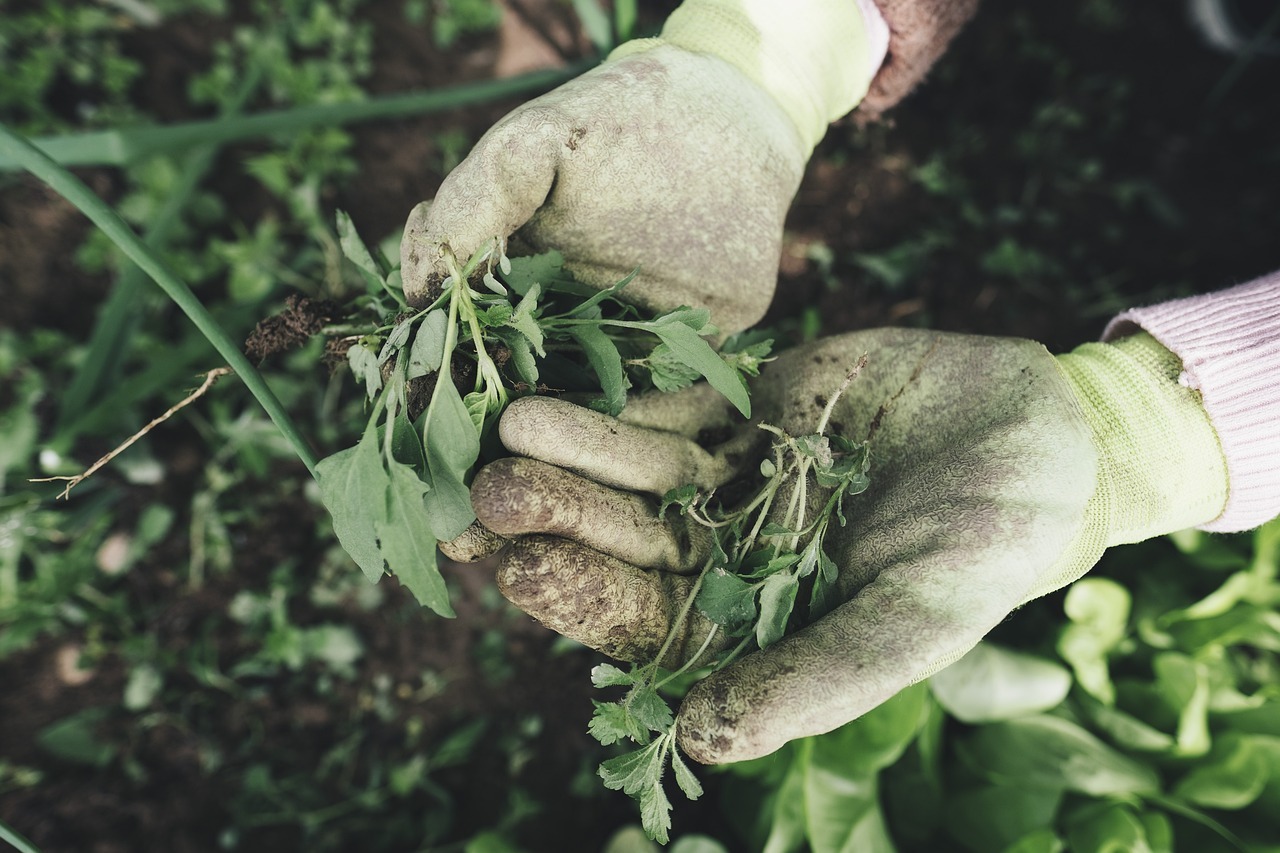
Introduction
Growing vegetables year-round is an achievable goal for home gardeners who are eager to enjoy fresh produce regardless of the season. With the right planning and techniques, you can cultivate a diverse vegetable garden that provides nutritious harvests throughout the year. This comprehensive guide will cover seasonal planting strategies, care tips, and essential practices to help you succeed in growing vegetables all year long.
Table of Contents
- Understanding Your Growing Zone
- 1.1 What is a Growing Zone?
- 1.2 How to Determine Your Zone
- Seasonal Planting Strategies
- 2.1 Spring Planting
- 2.2 Summer Planting
- 2.3 Fall Planting
- 2.4 Winter Gardening
- Care Tips for Year-Round Vegetable Gardens
- 3.1 Soil Management
- 3.2 Watering Practices
- 3.3 Pest and Disease Control
- Utilizing Indoor and Container Gardening
- 4.1 Indoor Vegetable Gardening
- 4.2 Container Gardening Techniques
- FAQs
- Conclusion
1. Understanding Your Growing Zone
1.1 What is a Growing Zone?
A growing zone, often referred to as a hardiness zone, indicates the climate conditions in which certain plants can thrive. The US Department of Agriculture (USDA) has divided the country into various zones based on average minimum temperatures.
1.2 How to Determine Your Zone
To find your growing zone, you can consult the USDA Plant Hardiness Zone Map or use local gardening resources. Knowing your zone will help you select suitable vegetable varieties for year-round growth.
Tip : Consider microclimates in your garden; areas near walls, fences, or under trees may have different conditions.
2. Seasonal Planting Strategies
2.1 Spring Planting
Spring is the ideal time to start many cool-season vegetables, including:
- Lettuce : Quick to germinate and can be harvested multiple times.
- Radishes : Fast-growing and perfect for early planting.
- Peas : Thrive in cooler temperatures and can be planted as soon as the soil is workable.
Care Tips for Spring Planting :
- Prepare the soil by adding organic matter to improve fertility.
- Use row covers to protect young plants from late frosts.
2.2 Summer Planting
As the temperatures rise, focus on warm-season crops:
- Tomatoes : Popular for their versatility and flavor.
- Bell Peppers : Thrive in warm conditions and provide abundant yields.
- Zucchini : Fast-growing and can be harvested regularly.
Care Tips for Summer Planting :
- Ensure consistent watering, especially during dry spells.
- Mulch around plants to retain moisture and suppress weeds.
2.3 Fall Planting
Fall is an excellent time for planting a second round of cool-season vegetables:
- Kale : Hardy and can withstand frost, improving flavor.
- Carrots : Can be sown in late summer for fall harvest.
- Broccoli : Plant in early fall for a late-season crop.
Care Tips for Fall Planting :
- Use row covers to extend the growing season.
- Harvest before the first hard frost to prevent damage.
2.4 Winter Gardening
In milder climates, winter gardening can be accomplished through techniques like cold frames and hoop houses:
- Spinach : Cold-tolerant and can be harvested throughout winter.
- Garlic : Best planted in late fall for a summer harvest.
- Onions : Can be started indoors and transplanted as the weather warms.
Care Tips for Winter Gardening :
- Insulate garden beds with mulch or straw.
- Monitor moisture levels in cold frames to prevent dehydration.
Tip : Use frost-tolerant varieties and consider season extenders for colder regions.
3. Care Tips for Year-Round Vegetable Gardens
3.1 Soil Management
Healthy soil is the foundation of a successful vegetable garden. Consider the following practices:
- Testing Soil : Conduct soil tests to determine pH and nutrient levels.
- Amending Soil : Add organic matter like compost or well-rotted manure to improve soil structure and fertility.
3.2 Watering Practices
Consistent watering is crucial for plant health:
- Deep Watering : Encourage deep root growth by watering thoroughly and less frequently.
- Mulching : Use organic mulch to retain soil moisture and regulate temperature.
3.3 Pest and Disease Control
Maintaining a healthy garden ecosystem can reduce pest and disease issues:
- Crop Rotation : Prevent soil-borne diseases by rotating crops annually.
- Companion Planting : Plant flowers and herbs that deter pests, such as marigolds or basil.
Tip : Regularly inspect plants for signs of pests or disease and address issues promptly.
4. Utilizing Indoor and Container Gardening
4.1 Indoor Vegetable Gardening
Growing vegetables indoors can extend your gardening season:
- Herbs : Basil, parsley, and cilantro thrive indoors with adequate light.
- Lettuce and Greens : These can be grown in pots on sunny windowsills.
4.2 Container Gardening Techniques
Container gardening is perfect for limited spaces:
- Choose the Right Containers : Ensure pots have drainage holes and are large enough for root growth.
- Soil Mix : Use a quality potting mix that retains moisture while allowing drainage.
Tip : Consider vertical gardening methods to maximize space and light exposure.
5. FAQs
Q1: What vegetables can I grow year-round in my region?
A1 : The vegetables you can grow year-round depend on your growing zone. Cool-season crops like kale and spinach can often be grown in milder climates, while warmer zones allow for a broader range of options.
Q2: How can I protect my vegetables from frost?
A2 : Use row covers, cloches, or cold frames to provide insulation. Planting frost-tolerant varieties can also help ensure survival through cold snaps.
Q3: Is it necessary to fertilize my vegetable garden throughout the year?
A3 : Regular fertilization may be needed based on soil tests and plant needs. Organic options like compost or slow-release fertilizers can provide nutrients without overwhelming plants.
Q4: Can I grow vegetables indoors all year?
A4 : Yes! With adequate light (such as grow lights), you can successfully grow many vegetables indoors year-round.
Conclusion
Growing vegetables year-round is a rewarding endeavor that offers fresh produce regardless of the season. By understanding your growing zone, selecting the right plants, and implementing proper care techniques, you can cultivate a flourishing garden that thrives throughout the year. With patience and dedication, your home garden can provide delicious vegetables, enriching your meals and enhancing your gardening experience. Start planning your year-round vegetable garden today, and enjoy the fruits of your labor all year long!



